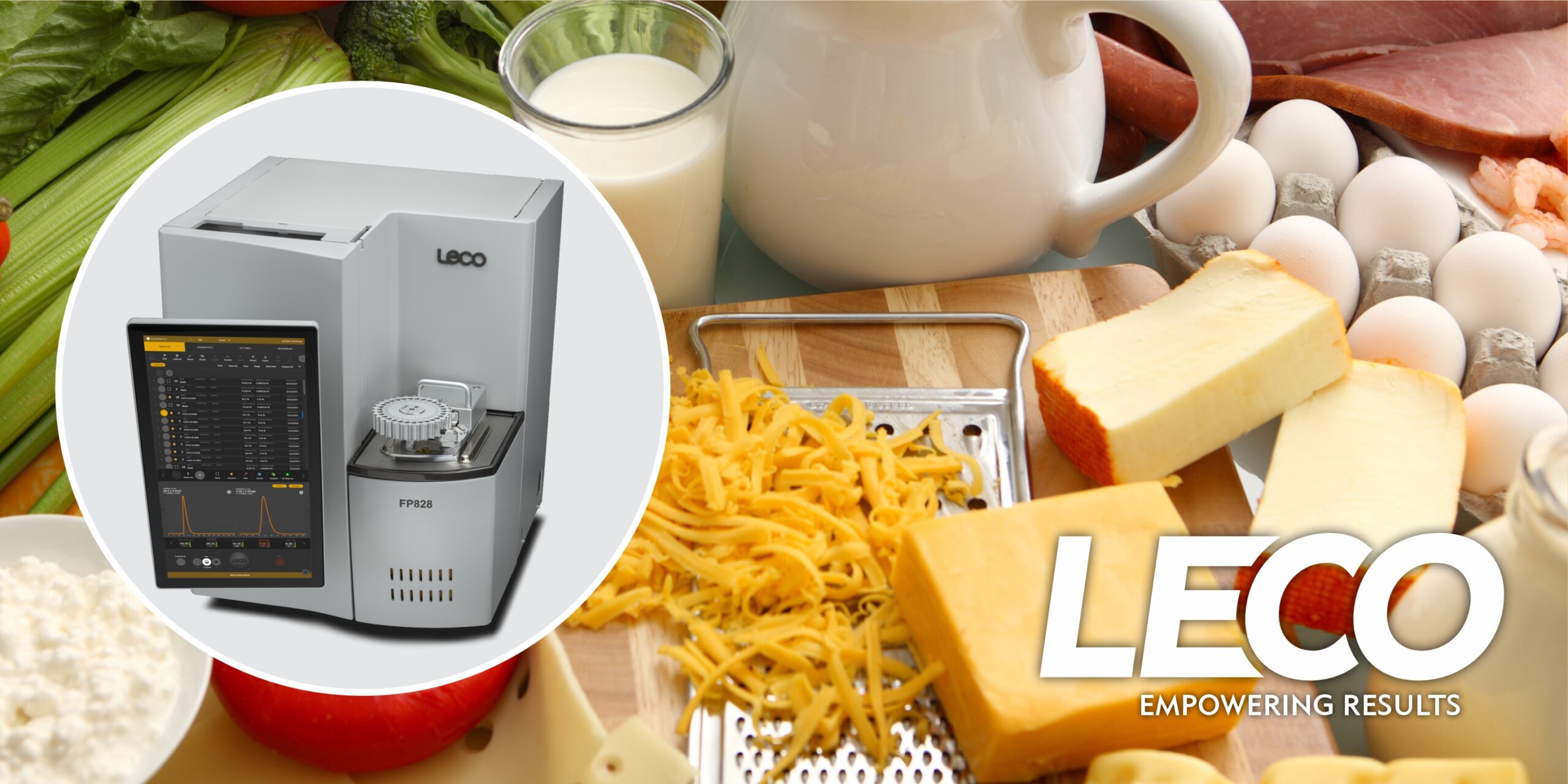 Since the 1800s, there have been two major methods of protein determination, the Kjeldahl and the Dumas methods. Both methods measure the nitrogen in a sample and use mathematics to convert that into the protein content. Though the Dumas method was older, the Kjeldahl method quickly took off in popularity due to its relative ease of performance. However, as new technologies developed, the Dumas method began gaining in popularity.
Since the 1800s, there have been two major methods of protein determination, the Kjeldahl and the Dumas methods. Both methods measure the nitrogen in a sample and use mathematics to convert that into the protein content. Though the Dumas method was older, the Kjeldahl method quickly took off in popularity due to its relative ease of performance. However, as new technologies developed, the Dumas method began gaining in popularity.
The Kjeldahl method is a classic wet chemistry digestion method with three general steps:
- Digestion of the sample in concentrated sulfuric acid with a catalyst converting the nitrogen within the sample to ammonium sulfate (NH4)2SO4. The sample size is typically between 100 mg and one gram.
- Neutralization of the digestate using concentrated sodium hydroxide (NaOH) converting the ammonium sulfate to form NH3.
- Distillation of the NH into a standard acid to be back-titrated with a standardized alkali for quantification.
While compatible with nearly all food materials and widely accepted in food and feed communities, there have been growing problems with the Kjeldahl method, namely that the most efficient catalysts use mercury or selenium and are no longer used for environmental or regulatory concerns. This leads to analyses with less-efficient catalysts, which can result in incomplete nitrogen recovery and therefore inaccurate results, while the analyses themselves can take hours and require highly trained lab technicians with proper PPE, fume hoods, and waste disposal.
The Dumas method is a combustion-based method, also with three general steps:
- The sample is combusted with oxygen, transferring the protein-nitrogen to a mixture of N2/NOX gas.
- The NOX is reduced to N2, and other combustion gases (like excessive O2, CO2, and water vapor) are removed.
- Nitrogen is detected with a thermal conductivity (TC) detector.
 Initially, the process of combustion was much more challenging for lab technicians and required a higher level of technical skill, which allowed the Kjeldahl method to gain dominance. However, modern combustion furnace instruments, such as LECO’s 828 series, removes that added difficulty. Samples, regardless of whether they are solid, liquid, or slurry, are placed into the sample introduction device, which might be a capsule, foil, or ceramic boat, depending on the sample, and introduced to the instrument. The instrument itself handles the rest of the process and can analyze a sample in approximately 3 minutes.
Initially, the process of combustion was much more challenging for lab technicians and required a higher level of technical skill, which allowed the Kjeldahl method to gain dominance. However, modern combustion furnace instruments, such as LECO’s 828 series, removes that added difficulty. Samples, regardless of whether they are solid, liquid, or slurry, are placed into the sample introduction device, which might be a capsule, foil, or ceramic boat, depending on the sample, and introduced to the instrument. The instrument itself handles the rest of the process and can analyze a sample in approximately 3 minutes.
With these modern instruments, the Dumas method now has many advantages over the Kjeldahl method. It is faster, cheaper per analysis, safer for the environment and the technicians, and can be efficiently automated.
For a more detailed breakdown of these two analyses, fill out the form below for access to our white paper comparing the Kjeldahl and Dumas analyses.
This form is rendered in an iframe. If it does not load, you may view it here.




